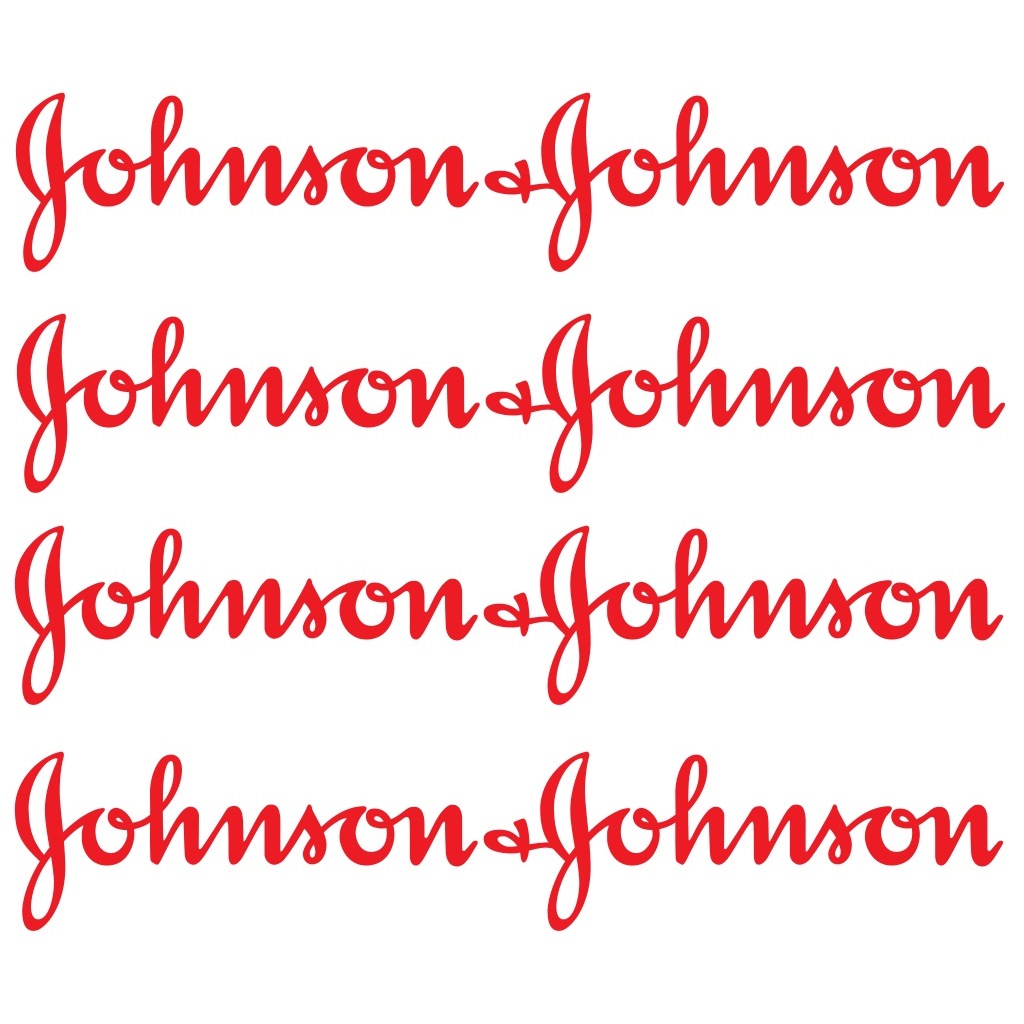Health and Healthcare
Why Johnson & Johnson Raised Guidance After Missing Sales Estimates
Published:
Last Updated:

The company is now including the estimated impact of the Actelion acquisition in its financial guidance. As such, Johnson & Johnson increased its sales guidance for the full year 2017 from a prior range of $74.1 billion to $74.8 billion to a new range of $75.4 billion to $76.1 billion. Additionally, the company increased its adjusted earnings guidance for full year from a prior range of $6.93 to $7.08 to a new range of $7.00 to $7.15 per share.
Consensus estimates call for fiscal year 2017 EPS of $7.05 on revenues of $74.73 billion. For the second quarter, analysts are looking for EPS of $1.80 on revenues of $19.05 billion.
CEO Alex Gorsky said:
Johnson & Johnson’s first-quarter results are in line with our expectations and we are confident we will achieve the full-year financial guidance we established at the beginning of the year. The pending acquisition of Actelion demonstrates our ongoing commitment to bringing innovation to patients with significant unmet needs, and provides a unique opportunity for us to expand our portfolio with leading, differentiated in-market medicines and promising late-stage products.
Consumer sales totaled $3.2 billion in the first quarter, an increase of 1% year over year. Pharmaceutical sales totaled $8.2 billion, up 0.8%, and medical device sales rose 3% to $6.3 billion.
Shares closed at $125.72 on Monday and traded down about 2.5% early at $122.56. The stock’s 52-week range is $109.32 to $129.00. The 12-month consensus analyst price target was $129.69 before the results were announced.
If you’re one of the over 4 Million Americans set to retire this year, you may want to pay attention.
Finding a financial advisor who puts your interest first can be the difference between a rich retirement and barely getting by, and today it’s easier than ever. SmartAsset’s free tool matches you with up to three fiduciary financial advisors that serve your area in minutes. Each advisor has been carefully vetted, and must act in your best interests. Start your search now.
Don’t waste another minute; get started right here and help your retirement dreams become a retirement reality.
Thank you for reading! Have some feedback for us?
Contact the 24/7 Wall St. editorial team.